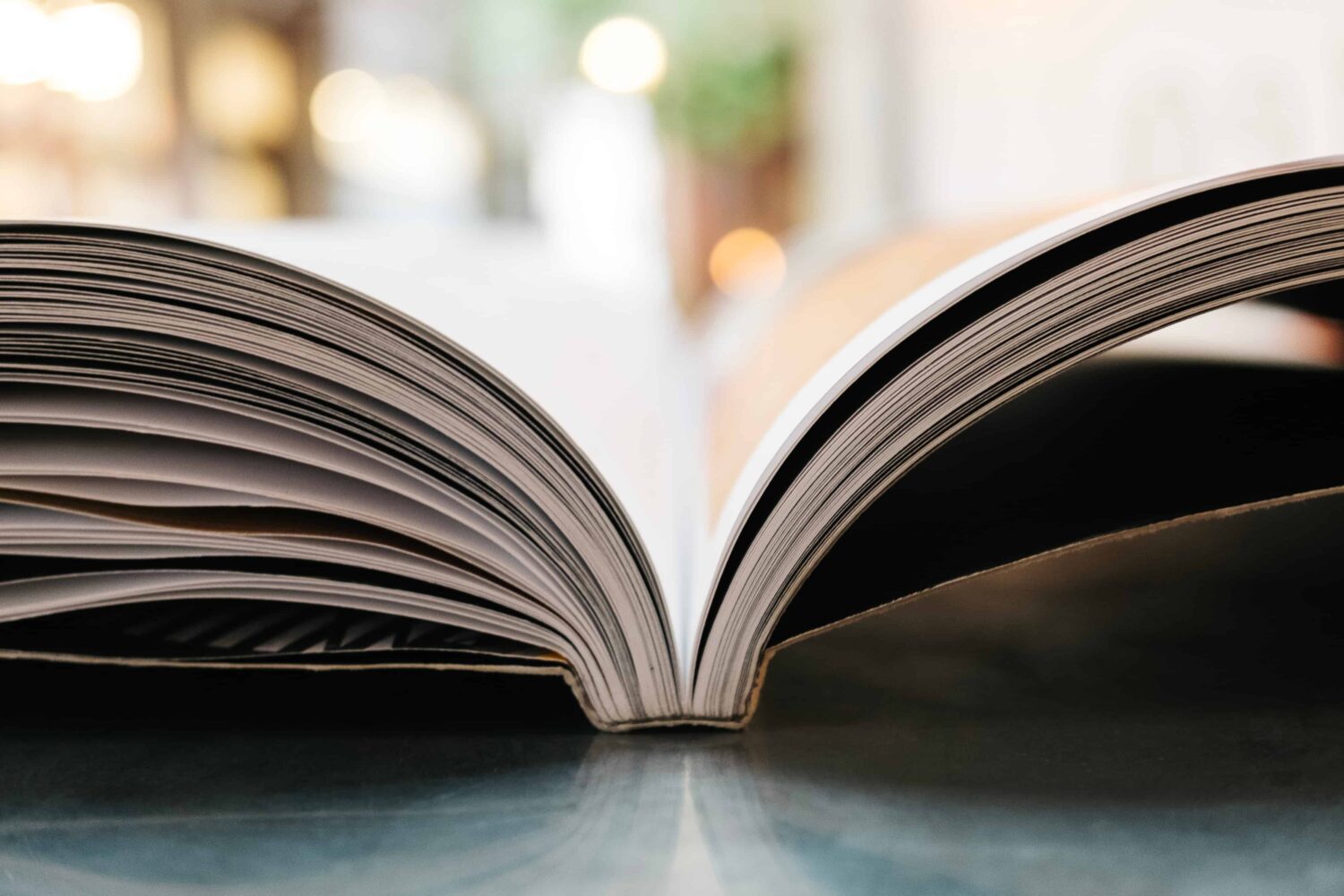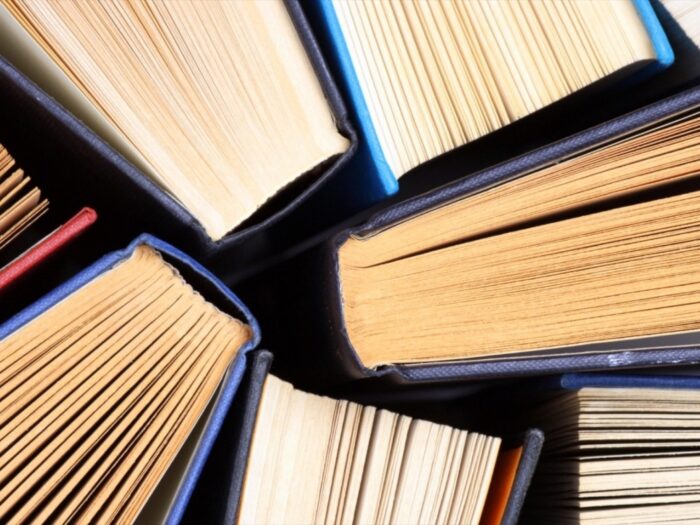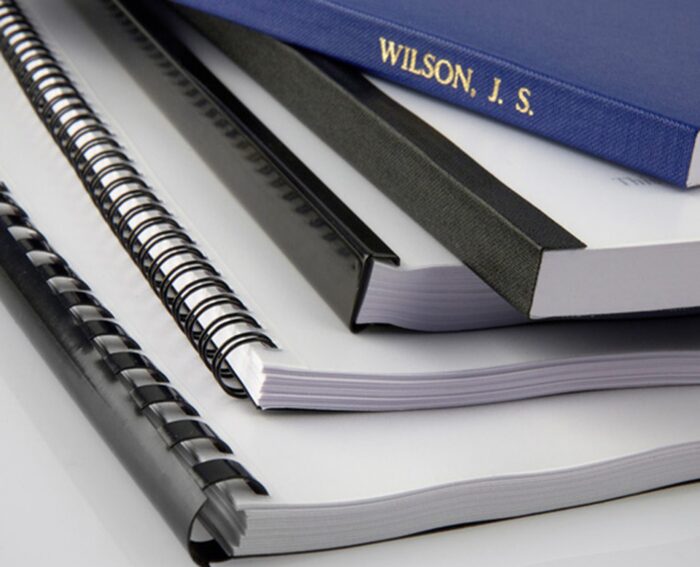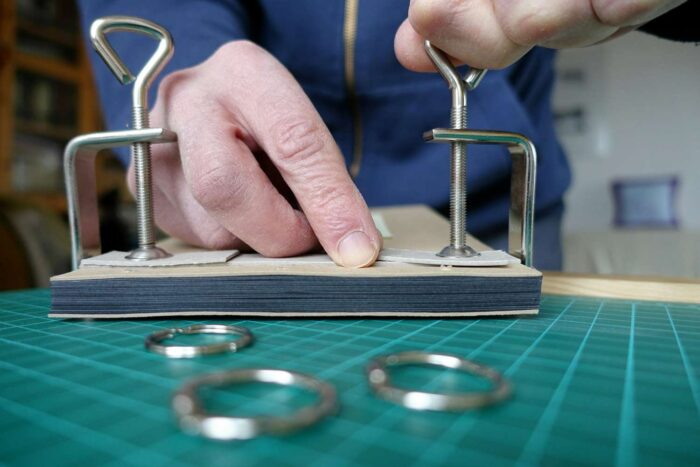
If you’ve written a book, one of the most important decisions you’ll make is choosing the best binding option. A good binding will ensure your book is both attractive and durable. But with so many options available, it can take a lot of work to know which one is best for you.
This guide will provide you with six tips for choosing the right binding option for your book. We’ll cover different types of binding, including perfect, coil, and saddle stitching, as well as other factors to consider, such as cost and environmental impact. You can also opt for online printing services that offer different kind of binding options at effectively low costs.
By the end of this guide, you’ll have a better understanding of which binding option is best for your book. To help you decide, we have put together these top tips for selecting the correct binding for your book.
From identifying the right material to considering design elements and more, this guide covers all the key points you need to consider when making your decision.
What Is Binding, And Why Is It Important?

Binding is the process of attaching your pages together so that they can be turned into a book. There are several different ways to bind a book, and the best option for you will depend on factors like the number of pages in your book, how you plan to use your book, and your budget. Here are a few things to keep in mind when choosing a binding option:
- The number of pages in your book will determine the binding you can use. If you have a lot of pages, saddle stitching or perfect binding may be your best option. If you have fewer pages, case binding or coil binding may be better.
- How you plan to use your book will also affect your choice of binding. If you need to be able to write in your book (like a journal), choose a binding that allows the pages to lie flat when open. If you want your book to last for years, choose a more durable binding like case binding.
- Budget is another important consideration when choosing a binding option. Saddle stitching is usually the most affordable option, while case binding is typically more expensive.
Binding is essential because it helps keep the pages of a book or document together so they can be read and referenced easily. It also helps to protect the documents from damage and ensure that they are presented in an attractive and professional manner.
No matter what type of binding you choose, make sure it’s done by a professional printer or binder which has experience with that particular method. This will ensure that your pages are securely bound and that your finished book looks great!
The Different Types Of Binding

Different types of binding exist to serve other purposes. The three most common types of binding are perfect binding, saddle stitching, and case binding.
Perfect binding is often used for magazines, catalogs, and paperback books. The pages and cover are glued together at the spine with a strong adhesive. Perfect binding can also be referred to as glue binding or adhesive binding.
Saddle stitching is a type of stapling where wire staples are used to bind the pages and cover together at the spine. Saddle stitching is often used for pamphlets, booklets, notepads, and small hardcover books.
Case binding is a type of hardcover bookbinding where the pages and cover are glued together at the spine and then sewn for extra strength. Case binding is often used for textbooks, reference books, and photo albums.
Tips For Choosing The Best Binding Option For Your Book
With so many options available on the market, choosing the right type of binding for your book becomes challenging. However, you can pick the right one for your book with specific tips. Read below to find out.
1. Know your budget:

Before selecting a binding option for your book, it is essential to consider your budget and decide how much you are willing to spend on the binding process.
2. Consider the size of the book:
Different binding options work better for different sizes of books, so make sure that you select one that works best for your project. Also, choose a binding method that is compatible with the type of paper you are using.
3. Think about durability:

Consider the durability of your book. Will it be read often or handled gently? You want to make sure that your book will last and remain in good condition over time, so choose a binding option that can withstand wear and tear.
4. Know your audience:
If you are selling your book, consider the binding type most appealing to potential customers. For example, hardcover books are more expensive than softcover books, but they could be worth it if they are seen as more attractive by readers. Also, determine the purpose of your book. Is it for general reading, reference, or display?
5. Consider the turnaround time:

Consider the cost of the binding method as well as the turnaround time. Binding processes vary in how long they take, so make sure that you consider this when making your decision.
6. Explore your options:
Select a binding option that complements the look and feel of your book. There are various binding options available, so make sure to research each one and determine which one would be the best option for your book.
Conclusion
The best binding option for your book depends on many factors, such as the type of paper you are using, how long your book is, and what style of binding best suits the content. With these tips in mind, you can make a more informed decision about which binding option works best for you and your project. After all, the right choice will ensure that your book looks great and lasts for years to come!








